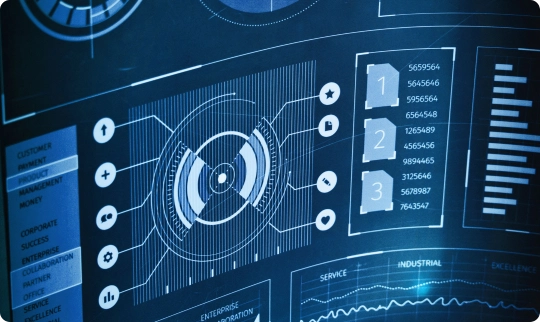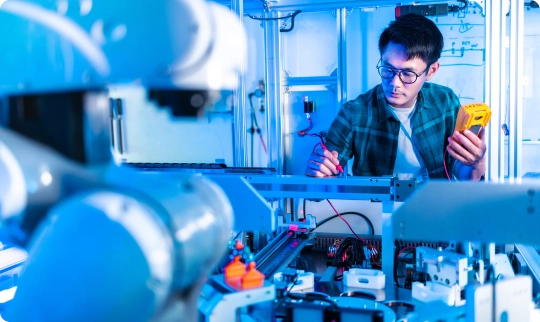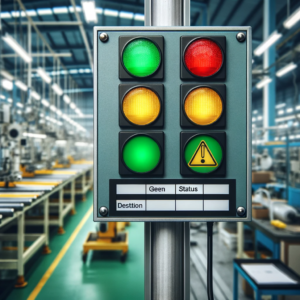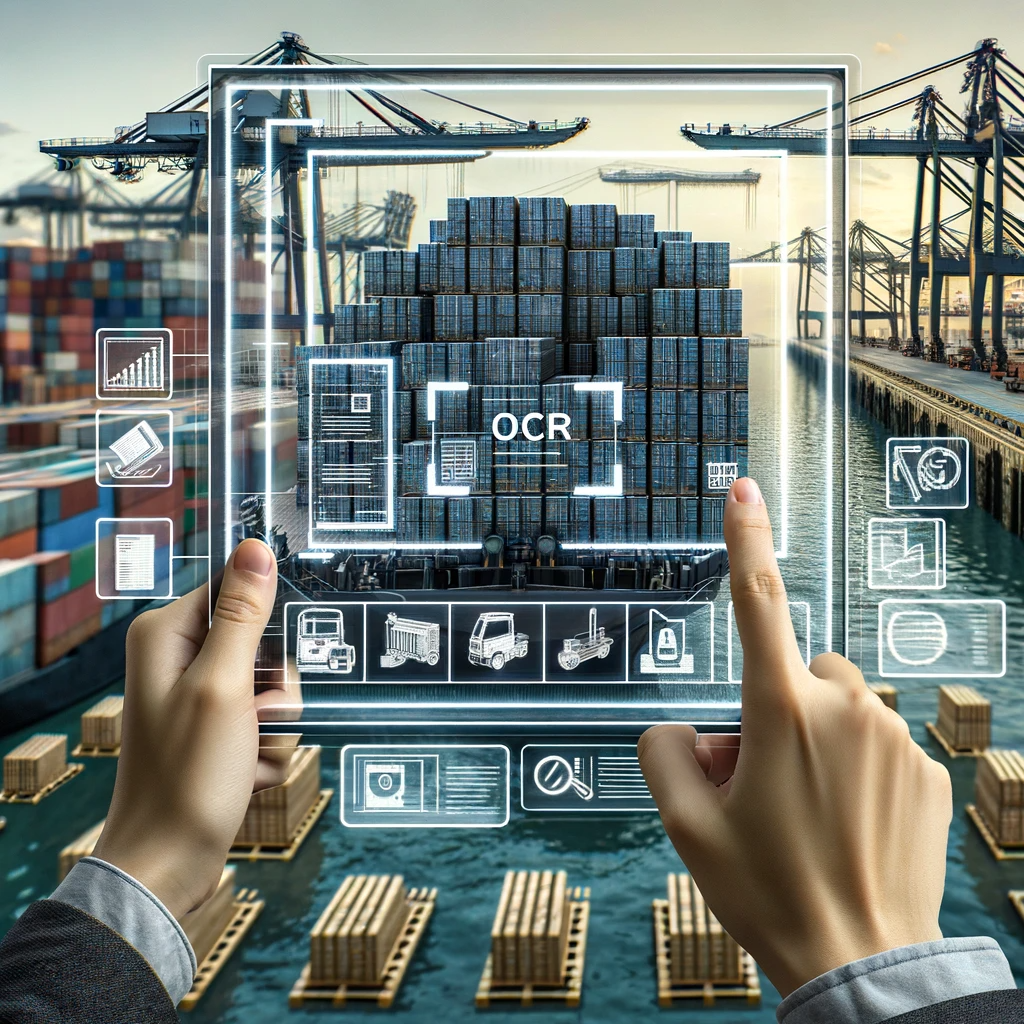The age of digitalization has long since begun. Paperless working, for example, has now become a standard in today’s working world. But it is not only the conventional working environment in the office that is advancing ever further in digitalization. Machines and assets of all kinds are also being continuously networked with each other, which is summarized under the term Internet of Things. Read on to find out why this is happening and what opportunities it offers.
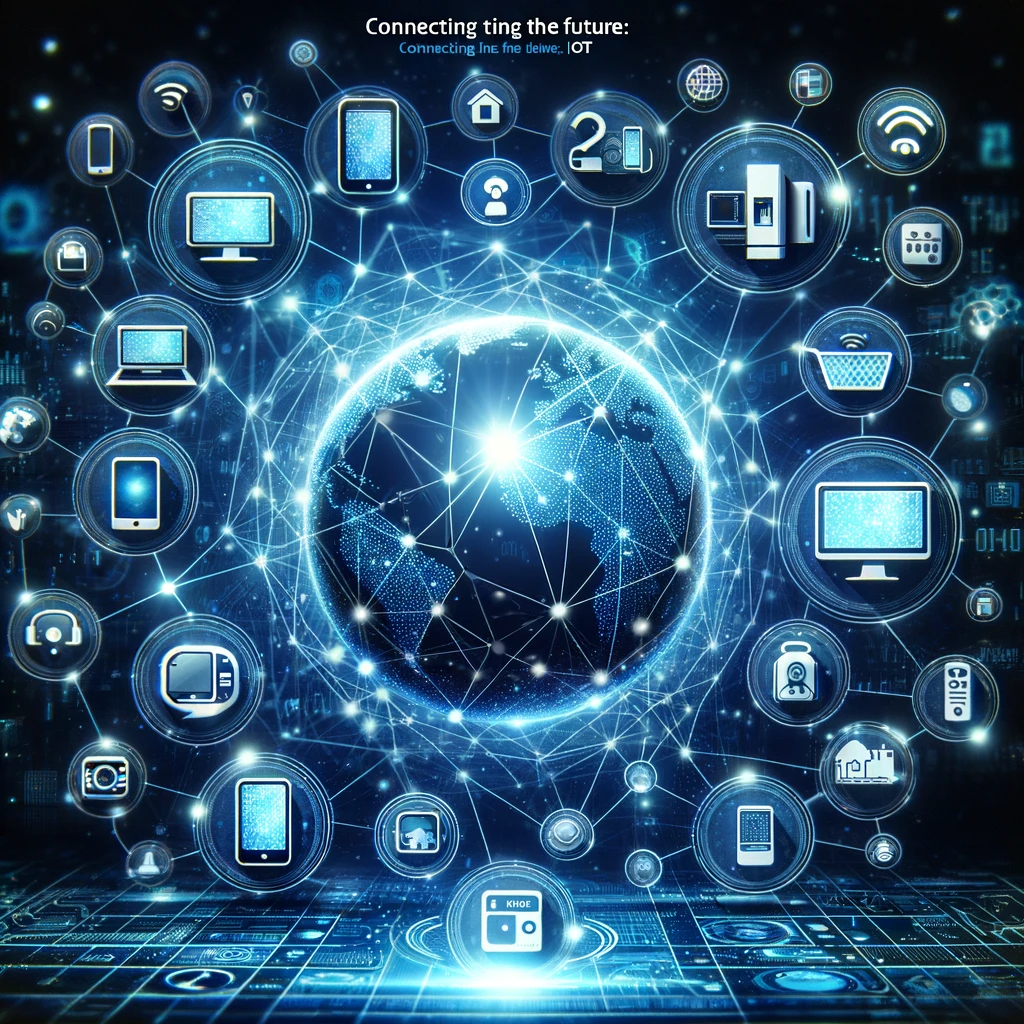
Next Step: Internet of Things (IoT)
The basic building block of the Internet of Things is the World Wide Web, which achieved its breakthrough in the 1990s. This was followed by mobile devices such as smartphones, tablets and the like. This mobilization of end devices has made the world more and more networked in a very short time. Due to this effective networking, life and its interactions are now digital.
But why not use this technology to enable devices and machines to communicate with each other? This question is answered by the Internet of Things. It uses technical components and communication technology to enable physical and virtual objects to network and communicate with each other. Not only do people communicate with devices and systems, but they also communicate with each other. This makes all information digitally recordable. Whether temperature, heartbeat, humidity or brightness: everything that can be measured can and is stored and the data volumes subsequently processed. This data forms the basis for efficient processes. It also gives rise to new services, products and business options.
The Internet of Things thus makes it possible to collect data generated by sensors and electronic devices, process it, and then use it to optimize, digitize, and automate processes.
Smart Factories and Supply Chain: Industrial IoT (IIoT)
The most relevant use case for the Internet of Things is industry. By using sensors and actuators in so-called smart factories, the IoT makes it possible to improve industrial and manufacturing processes. The idea is that smart machines equipped with sensors are not only faster than humans, but can also make more accurate decisions, contributing to important business decisions.
Connected sensors on the machines enable the company to detect and act on inefficiencies, failures or other problems early on. This holds great potential for quality assurance, sustainability and traceability of the supply as well as production chain and its overall efficiency. Industrial IoT enables processes such as predictive maintenance, energy management and asset tracking.
Outlook: The future of (I)IoT
According to growth forecasts, the IIoT market is expected to rise to more than 86 billion euros by 2025 in the predictive market with production and machine monitoring alone. The market in the transportation and logistics segment is also expected to encompass around 15 billion euros by then. These forecasts are based on the assumption that the market around smart factories is expected to triple by that time. This will be supported by the new 5G technology and the continuous development of sensors. Artificial intelligence (AI) is also helping to implement and realize the planned digitization projects.
